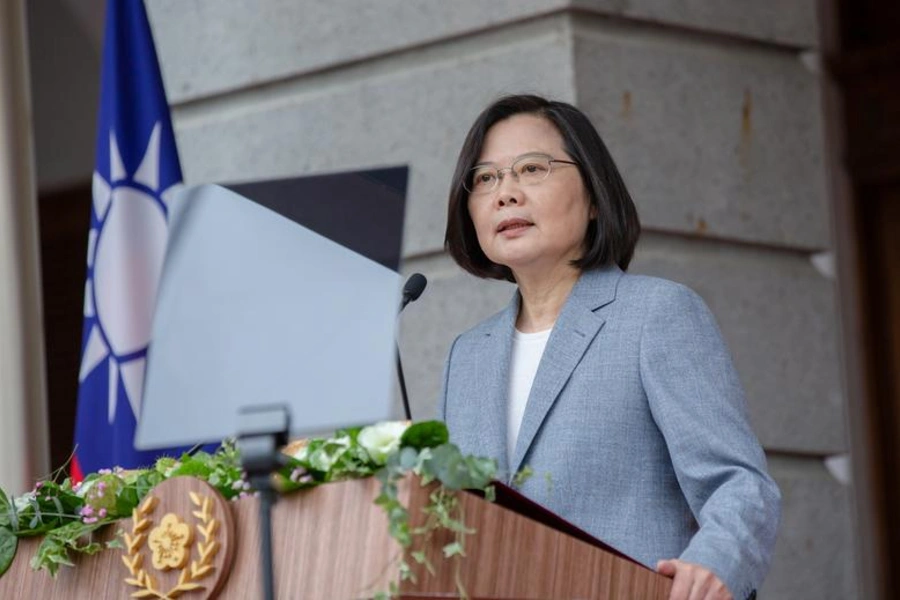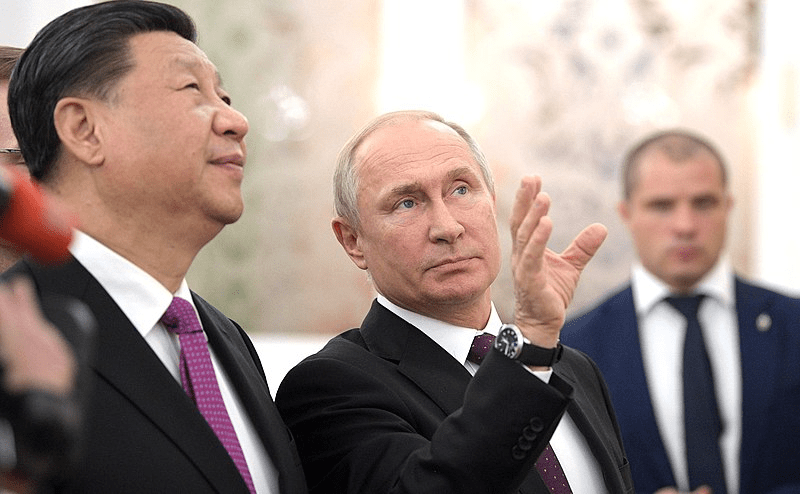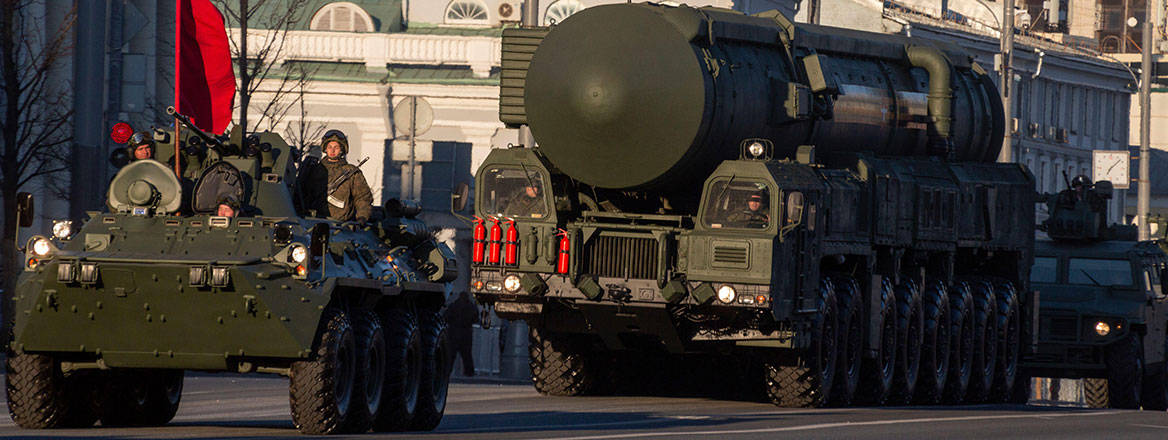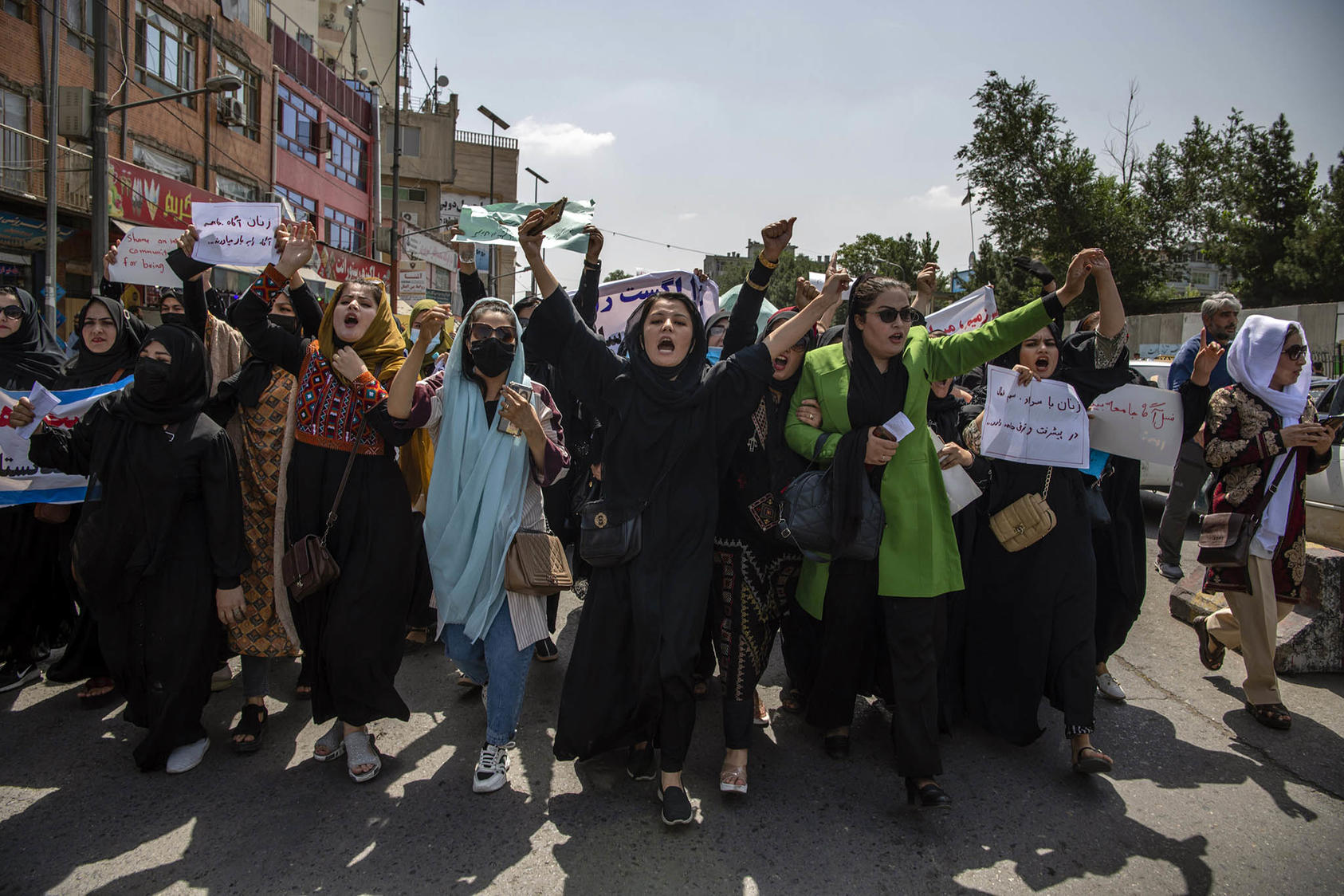Bulelani Jili
Introduction
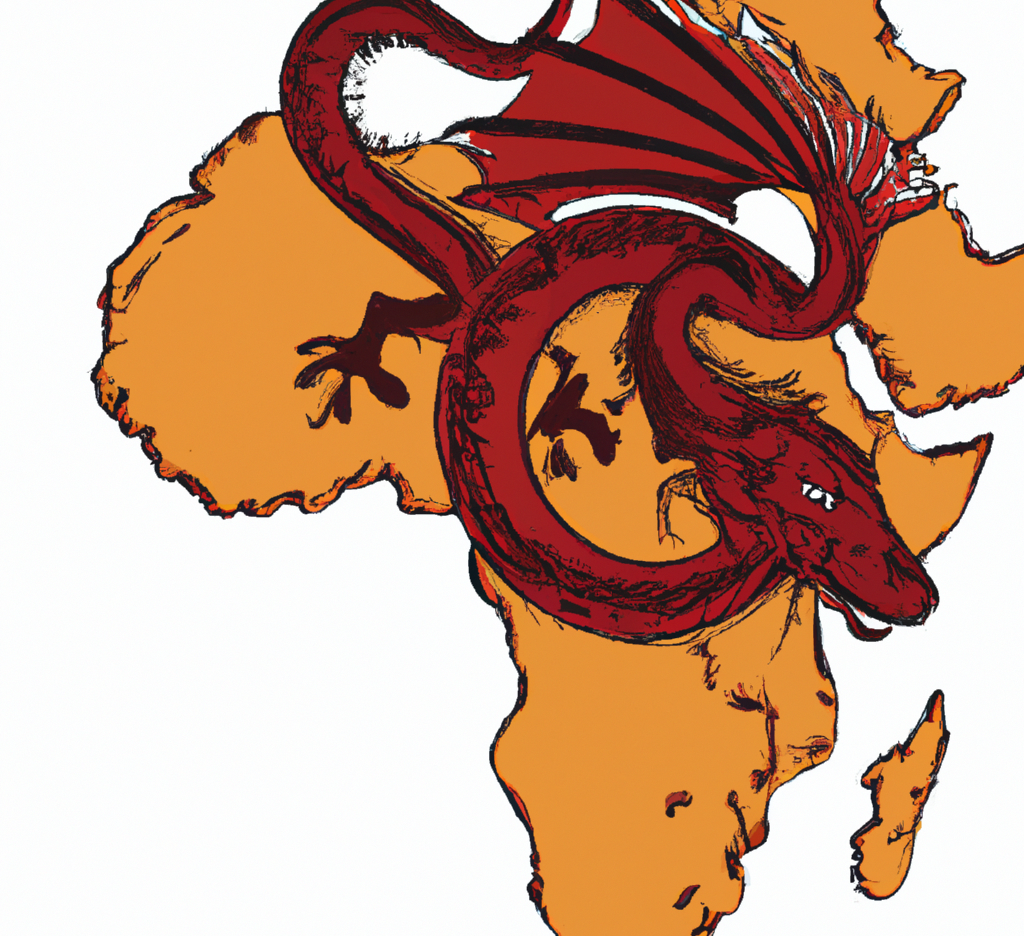 Chinese tech companies are among the largest firms in the world. Initially focused on the domestic market, they now sell various surveillance technologies to a global customer base. Increased collaboration between the party-state and private Chinese actors in the sale of surveillance products inspires trepidations about the proliferation of China’s surveillance tools, ergo the rise of unwarranted surveillance. Namely, researchers scrutinize China’s diplomatic activities, raising questions about the degree to which the government enables surveillance practices abroad. Large Chinese firms and state amplify debate and concerns by pushing to change the norms and mechanisms in the use of public security technology.
Chinese tech companies are among the largest firms in the world. Initially focused on the domestic market, they now sell various surveillance technologies to a global customer base. Increased collaboration between the party-state and private Chinese actors in the sale of surveillance products inspires trepidations about the proliferation of China’s surveillance tools, ergo the rise of unwarranted surveillance. Namely, researchers scrutinize China’s diplomatic activities, raising questions about the degree to which the government enables surveillance practices abroad. Large Chinese firms and state amplify debate and concerns by pushing to change the norms and mechanisms in the use of public security technology.This paper seeks to offer insights into how China’s domestic surveillance market and cyber capability ecosystem operate, especially given the limited number of systematic studies on the industry and its growing influence in the Global South. This issue brief focuses on the development of the Chinese surveillance industry and the firms that make it possible, including those firms that sell surveillance tools within the international surveillance market. The brief has four parts. The first discusses the development of China’s surveillance ecosystem. It specifically explores the establishment of the Golden Shield Project (GSP), a national Closed-Circuit Television (CCTV) network intended to digitize the public security sector, and its consequences for surveillance practices in China. The second section investigates China’s conception of “cyber sovereignty,” or wangluo zhuquan, which seeks to influence the governance of cyberspace. This idea and policy prerogative helps Beijing’s promotion of a controlled cyberspace and, therefore, the development of surveillance practices that rely on the use of artificial intelligence, big data, and biometric collection, among other means, to monitor citizens. The third and fourth sections carefully look at how private-public partnerships have empowered China’s cyberpower, while at the same time creating a more restrictive legal and political environment in China. What appears to make the party-state distinct from other exporters is the legal and political system from which these surveillance tools emerge—crucially, how China promotes their use in the Global South.1 The brief concludes by taking a close look at how the spread of Chinese surveillance tools is both a consequence of China’s supply capacity and local demand factors.
China’s domestic tech environment

